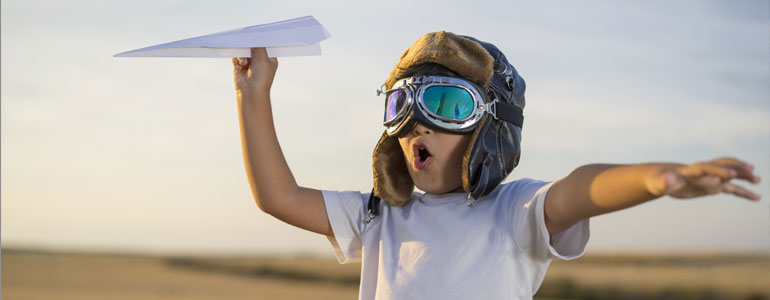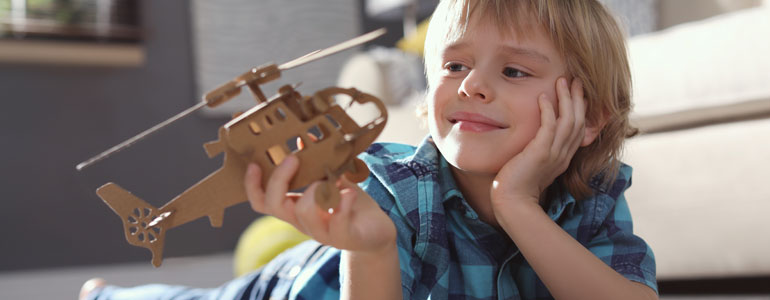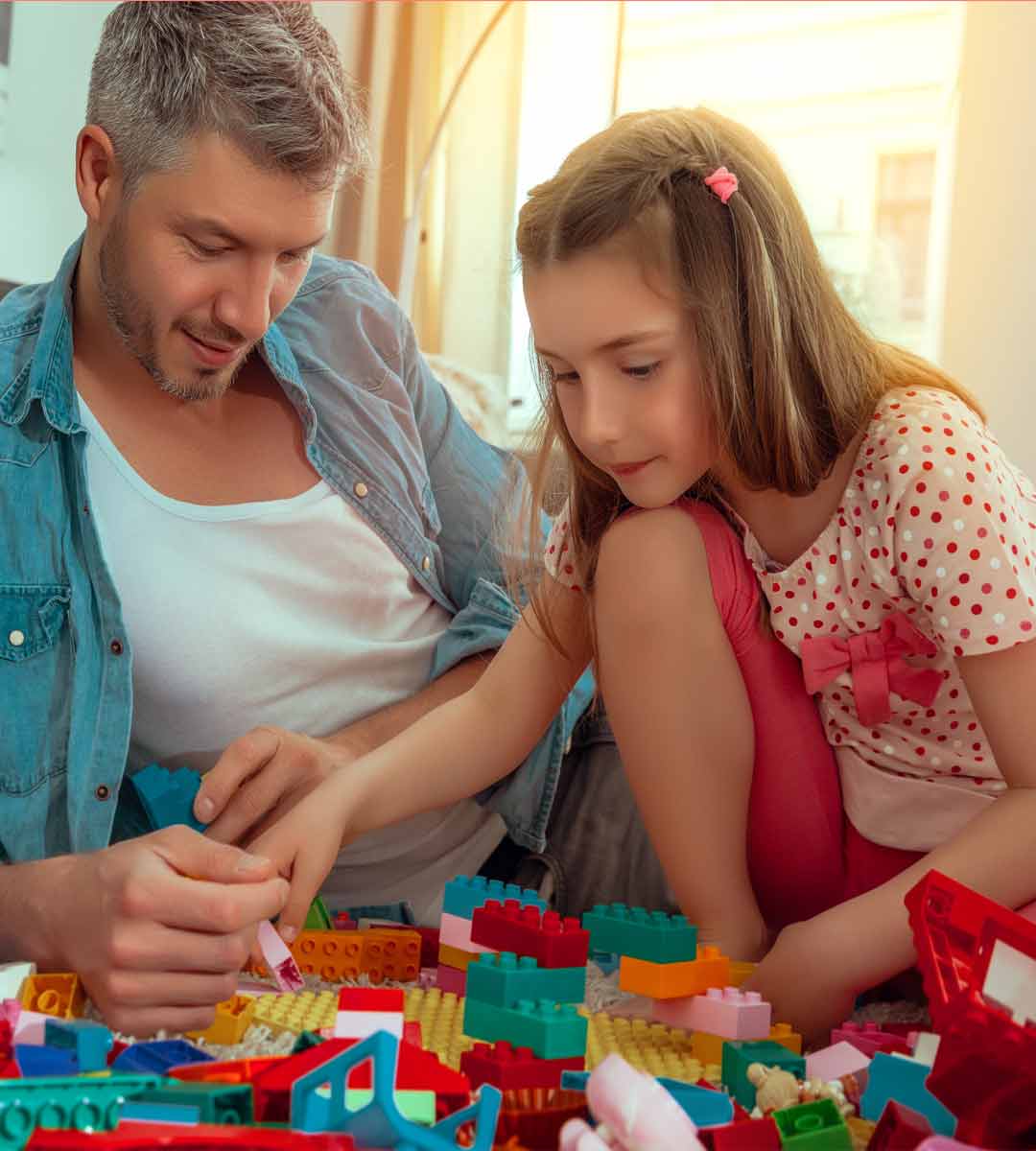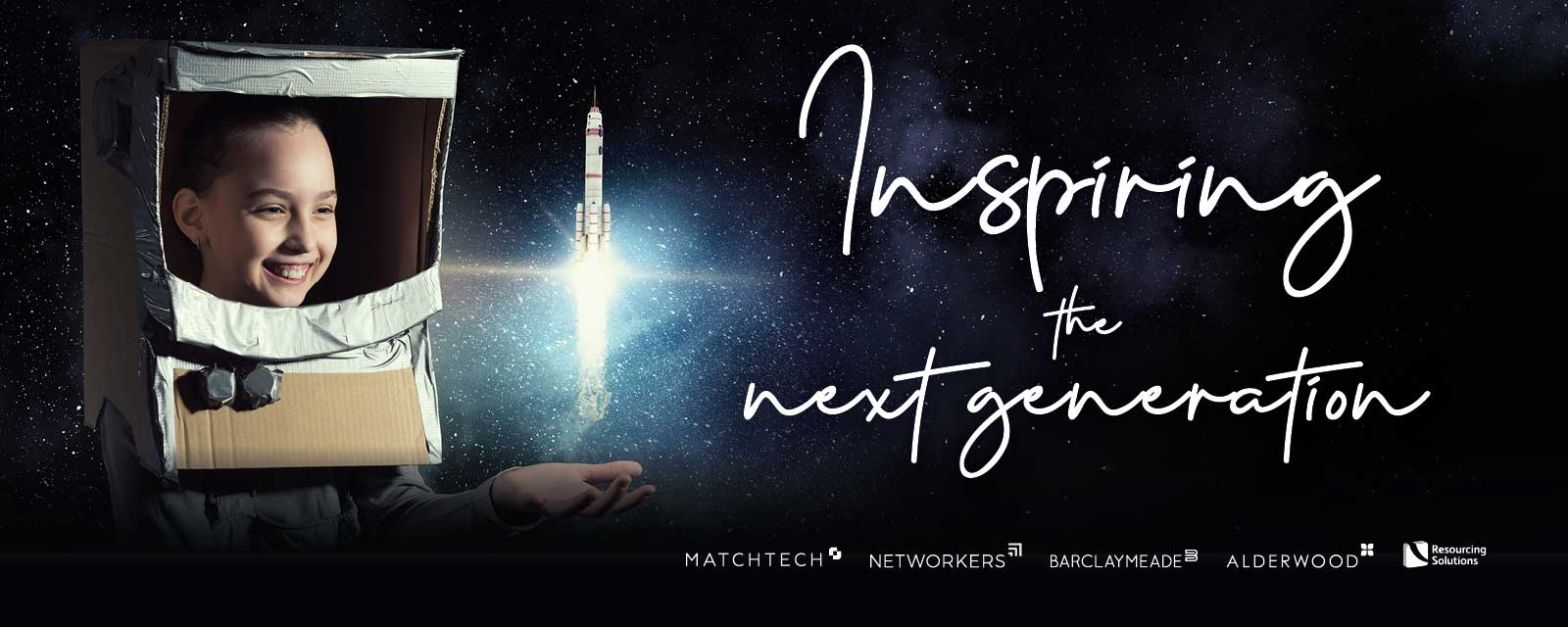- About us
- What we do
- Careers
- Investors
- Insights
- Client portal
STEM activities to inspire kids
With the COVID pandemic resulting in many of us working from home with our children, we wanted to help make home-schooling a little easier and more exciting by creating some STEM-based activities that you can do at home using simple items that can be found around your house.
At Gattaca, we’re proud to work within vital STEM sectors, placing thousands of talented engineers and technologists into extraordinary companies that help shape the modern world, every year. However, we’re also aware of the current skills shortage, which is why it’s so important to help inspire the next generation and build a pipeline of future talent.
We plan to build on these activities over time and add more simple but fun tasks that you can do with your children, while subtly teaching them about a range of STEM-focused skills and topics such as forces, coding, problem solving, perseverance, experimenting, logical thinking and much more.
*With all of the activities, please consider protecting the environment by using old paper and plastic that you would otherwise recycle or discard.
*We recommend adult supervision for these activities as some involve the use of scissors.
Use the quick links below to jump to the activity you want to try first
The activity
A simple paper-folding activity but with the addition of a rubber band to launch your aeroplane through the air.
You will need:
- A sheet of paper
- A pair of scissors
- An elastic band

The science - Forces
Do you ever look up to the sky and wonder how a plane stays in the air? If you take a piece of paper, scrunch it up into a ball and throw it, what happens? Taking another piece of paper which you’ve turned into a paper aeroplane, observe the way it glides through the air. Why is this?
‘Gravity’ pulls everything downwards but the wings of a paper aeroplane, much like a real one, deflects the air. The wing pushes the air down and, in return, the air pushes the wing up - this is called ‘lift.’
Real aeroplanes create lift the same way as your paper aeroplane will, but they also have an engine to help give them ‘thrust’, pushing them through the air and allowing them to maintain constant lift.
In place of an engine, the elastic band in this activity helps give the plane thrust. Try throwing your plane without the band and again with it and observe the difference.
We recommend trying some different paper aeroplane designs, too, and observing which design travels fastest or furthest.
Another important element in the creation of a paper aeroplane is weight; planes stay balanced in-flight because of how their weight is distributed. When experimenting with different plane designs, try to ensure it is not too nose or tail-heavy!
Did you know? The farthest flight by a paper aeroplane is 69.14 meters and was set by Joe Ayoob and John Collins in 2012.
The activity
In this activity children will make their own twirling, miniature paper helicopter.
You will need:
- A sheet of paper
- A pair of scissors

The science - Forces
If you take a piece of paper, scrunch it up into a ball and throw it, what happens? Taking another piece of paper which you’ve turned into a paper helicopter, observe the way it stays in the air. Why is this?
‘Gravity’ pulls everything downwards. A helicopter, however, uses its blades (like thin wings), which spin really quickly, to push the air downwards and, in return, the air pushes the helicopter up – this is called ‘lift.’
When you watch a helicopter take off, it gently lifts off the ground. A plane, in comparison, needs to have lots of lift to take off, which means it needs large wings and a long runway so it can generate enough speed and ‘thrust’ to climb into the air.
However, because a helicopter doesn’t need to move left or right, there is no horizontal thrust. The blades generate lift, which means a helicopter can take off or land vertically, hover on the spot and drift gently in any direction, unlike an aeroplane. It does this by exactly balancing the forces.
If you experiment with different weights of paper, different size rotor blades and add weight with paperclips, you will see how it affects the way the helicopter spins.
Did you know? Igor Sikorsky designed the first successful helicopter in the late 1930s. His inspiration came from drawings of an aircraft with a spinning wing, drawn by Leonardo da Vinci nearly 500 years before.
The activity
Using simple supplies from around your home, you can make your own moving boat.
You will need:
- A plastic tub (e.g. a takeaway or butter container)
- Elastic bands
- Two pencils
- A smaller piece of plastic
- A pair of scissors

The science - Forces
As you wind the paddle with the elastic band, the band stretches, storing up energy.
When you let the paddle go, the elastic band unwinds to shrink back to its original size releasing the stored energy and turning the paddle!
The spinning paddleboard that you make acts like oars in a boat, propelling the boat through the water.
Try different boat designs to see if you can make it move faster or travel farther.
Add some Lego figurines or rubber ducks into your boat to see if your boat stays afloat and you can take them for a ride.
Did you know? Black plastic isn’t recyclable! Well, officially it can be recycled, but it often ends up on a landfill or is incinerated. This is because recycling facilities use beams of light to bounce off of the plastics in order to sort them. As the colour black absorbs light, it can’t be sorted. However, some responsible companies are now using detectable black pigments or are avoiding using black plastic altogether.
The activity
We love this great resource from the Research Parent website, which teaches children the basics of coding with LEGO® or DUPLO®, depending on their age.
What’s great about this activity is not only how it teaches children the coding basics, but how it also helps them to think about things from another point of view than their own; they have to think which way the LEGO® Minifigure is facing rather than the way they are looking at the maze.
Once they have got the hang of the basics, children will quickly realise it takes much longer to place eight commands saying “Go forward” in comparison to one command that says “Go forward eight times.” This introduces them to the concept of ‘loops’.
There are even more levels that children can progress to as they get the hang of it.
You will need:
- Some LEGO® or DUPLO® bricks
- A LEGO® Minifigure
- Printed commands or you can write your own
- A printed maze or you can draw your own

The science - Coding
Coding is a language that is used to communicate with a computer. Computers are not clever on their own, they need to be taught – much like us humans. However, they are very obedient and do as they are told, much like you, I am sure! So, we just have tell them what to do using step-by-step commands that it can follow.
Code powers a great deal of our world: every website you visit, the games you play and the apps you use.
Even the microwave that sometimes cooks your dinner uses code to operate.
As well as being fun, learning code teaches children a heap of useful skills.
Coding fosters creativity, perseverance, logical thinking, communication, problem solving, while also improving their math skills.
It also teaches them that mistakes are just part of the process and you can easily go back and try again.
Did you know? The first programmer in the world was a woman, Ada Lovelace. She worked on an analytical engine back in the 1800s.
Check out these STEM toys, each have been reviewed by children of ages ranging from 0-8+ and their parents.
See which toy was the most liked this year from 'fruit and veg clocks' to 'exploding science' kits, these are toys that will really get your kids interested in STEM subjects.




